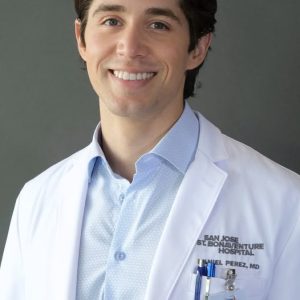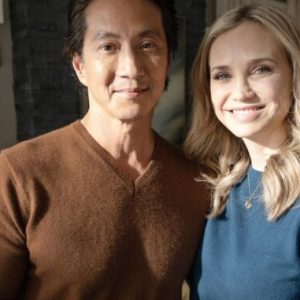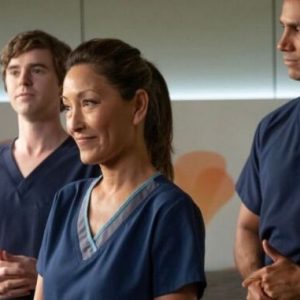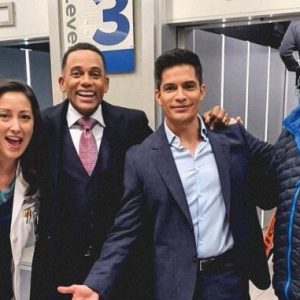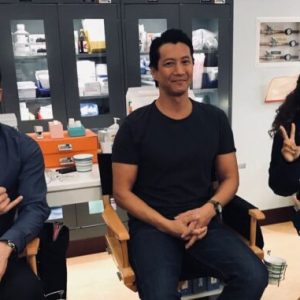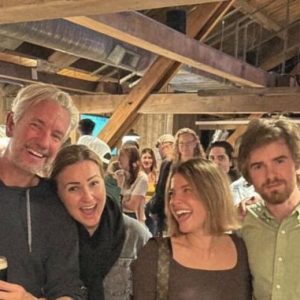The Good Doctor first aired, it was marketed as a compelling medical drama with a unique protagonist. But what it became was far more significant. Through the eyes—and experiences—of Dr. Shaun Murphy, the series sparked a global conversation about autism, inclusion, and the untapped potential of neurodiverse individuals. In doing so, it broke barriers not just on television, but in workplaces, schools, hospitals, and homes across the world.
Almost overnight, Shaun became more than just a character—he became a symbol of possibility. Audiences saw a young man who, despite daily challenges, performed life-saving surgeries, navigated complicated friendships, and learned to advocate for himself in an often-unforgiving environment.
For families of autistic children, seeing someone like Shaun on primetime television was deeply affirming. Parents wrote letters to the show, thanking the creators for finally giving their children someone to look up to. Educators began using clips of The Good Doctor in classrooms and workshops to discuss communication, behavior, and empathy. Even employers began reflecting on how they hire, train, and support neurodiverse employees.
The influence of The Good Doctor didn’t stop at emotional impact—it sparked real institutional shifts. Multiple hospitals and medical schools acknowledged the show’s role in pushing them to rethink their diversity and inclusion strategies. For an industry often known for rigid standards and high-pressure environments, the idea that someone with autism could not only survive but thrive in medicine was groundbreaking. In fact, some institutions began to reassess their training protocols, considering how to better support neurodivergent individuals entering the healthcare workforce—not as exceptions, but as assets. Conferences on neurodiversity in medicine began referencing the show. Hiring practices in broader sectors, including tech and education, were also influenced by the public dialogue it created.
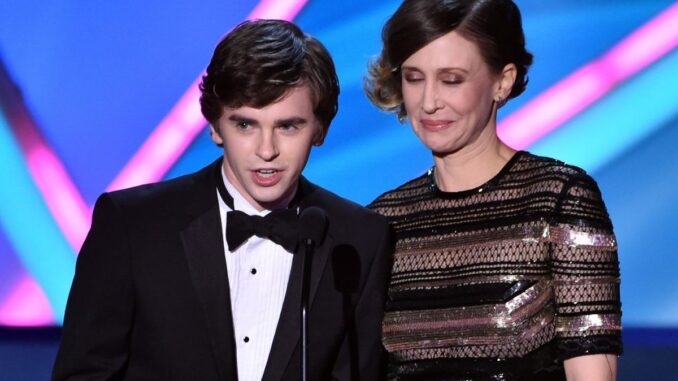
Simply put, The Good Doctor proved what many have long argued: representation matters—not just for visibility, but for progress. It’s worth noting that actor Freddie Highmore didn’t just deliver a brilliant performance—he used his platform to amplify understanding. In interviews, Highmore emphasized that Shaun’s character was inspired by real conversations with autistic individuals and advocacy organizations. He repeatedly stated that Shaun’s story isn’t meant to represent all autistic people—but rather, one version of a lived experience that deserves attention and compassion.
Before The Good Doctor, autism was often portrayed in extremes—either as comic relief or as the trope of the “socially awkward genius.” Shaun shattered that mold. He was brilliant, yes, but he was also emotional, insecure, hopeful, romantic, frustrated, and kind. His challenges weren’t minimized, but they weren’t exaggerated either.
Because of this, the show contributed to a more balanced and informed cultural dialogue. Media outlets published think-pieces, advocacy groups launched awareness campaigns, and discussion panels featured experts alongside fans—all centered around the growing visibility of autism in mainstream media. Perhaps more importantly, The Good Doctor prompted neurotypical audiences to examine their own biases. It encouraged people to look beyond behavior and language and ask: “What does this person need?” rather than “What’s wrong with them?”
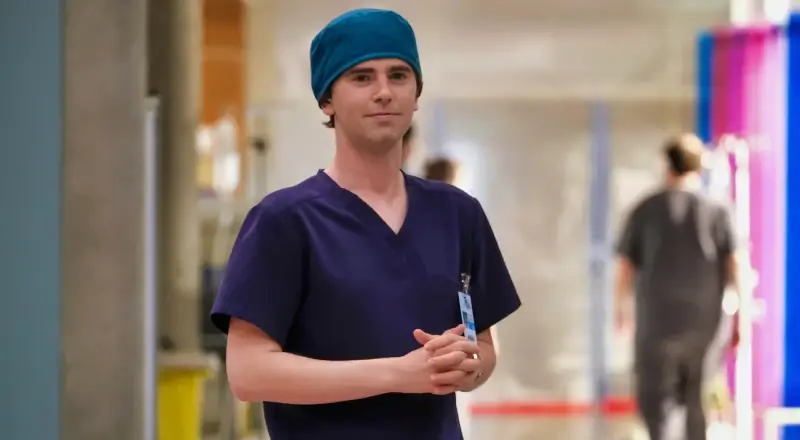
One of the show’s most important accomplishments is that it never asked the audience to pity Shaun. Instead, it asked them to respect him. His struggles are real—sensory overload, social confusion, emotional regulation—but his strengths are just as real. He saves lives. He challenges unethical decisions. He learns to love. He dares to grow. This balance—between vulnerability and capability—is what made Shaun such a powerful ambassador for autism awareness. He wasn’t treated as someone broken who needed fixing, but rather as someone whole who deserved understanding.
And that shift—from pity to possibility—is precisely what so many families and advocates have long hoped to see in media. As the series progressed and Shaun matured—from a shy intern to a married surgeon—it became clear that The Good Doctor wasn’t just about one person’s journey. It was about reshaping how we view talent, love, and difference. Its legacy will live on not just in reruns or streaming platforms, but in the classrooms that changed their teaching methods, in the hospitals that reexamined their hiring practices, and in the hearts of viewers who saw themselves or their loved ones represented with dignity.
